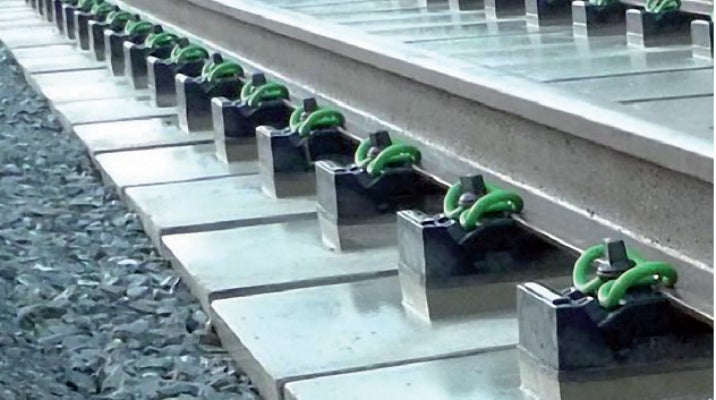
IVES stands for intelligent, versatile, efficient, solid. All these characteristics are embodied in this integrated concept, which is based on an analysis of the advantages and disadvantages of various long-term tested slab track techniques.
Intelligent:
- Flexibility of adaptation to suit the state of technology available at the installation site through its relatively simple and functional construction: structural layers and elements can be generally constructed on site, wherever run-of-the-mill road-building and manufacture of simple prefabricated units can take place
- Flexibility of tailoring the amount of work involved to suit project resources through a simple step-by-step approach to installation: can be constructed equally well using low-tech equipment or a highly mechanised plant
- Versatile:
- Can be used for virtually all types of permanent way (standard gauge, rapid transit, low and high-speed railways)
- The simple design of the structural elements allows individual components to be specifically modified to suit the track configuration
Efficient:
- Greater availability of components thanks to the simple, standardised design of the structural elements
- Universal component design (or any necessary adjustments can be done at relatively little cost)
- High degree of mechanisation is possible due to simple step-by-step installation
- Interruption of construction is no problem, as the installation steps are not time dependent
- Short waiting times between each installation step
- Track under construction can be used for transport purposes at almost every stage of installation
- Early defined point in time when the finished track is capable of supporting loads
Solid:
- Consistently high-quality
- Efficient, high-grade materials
- Proven materials and components
